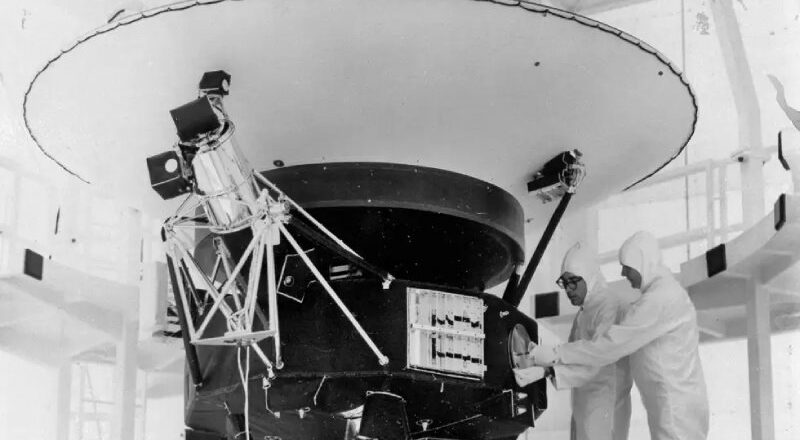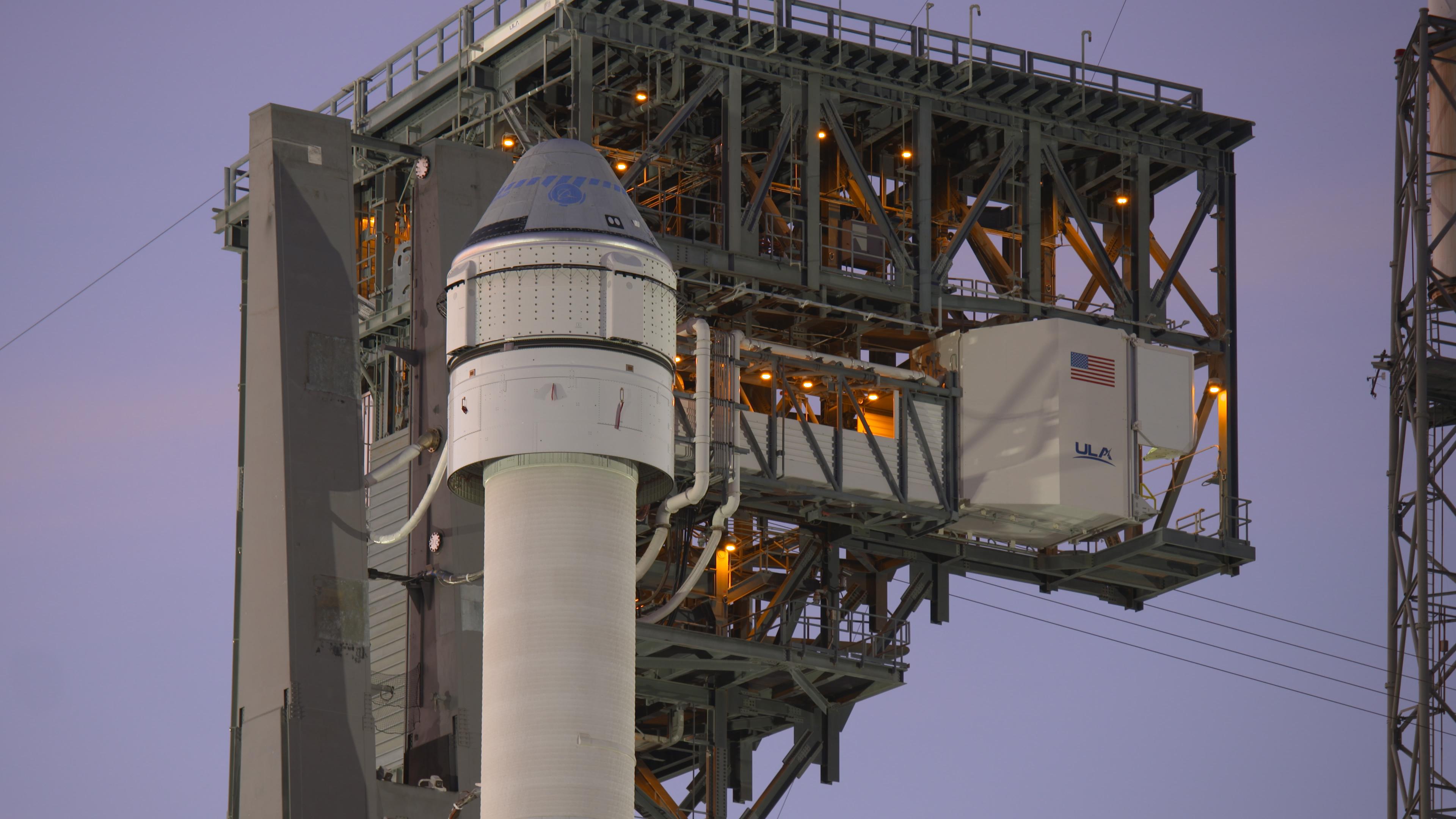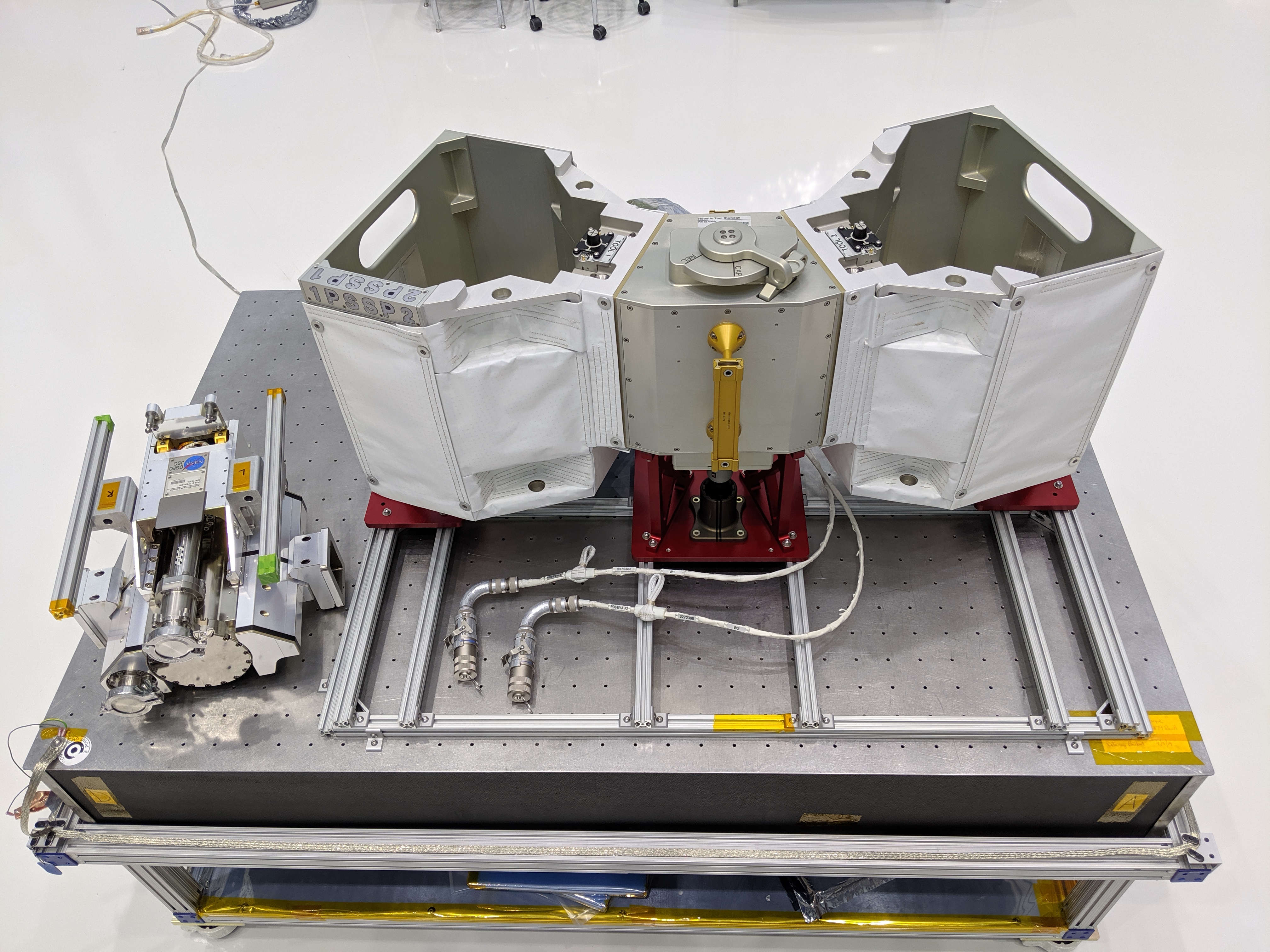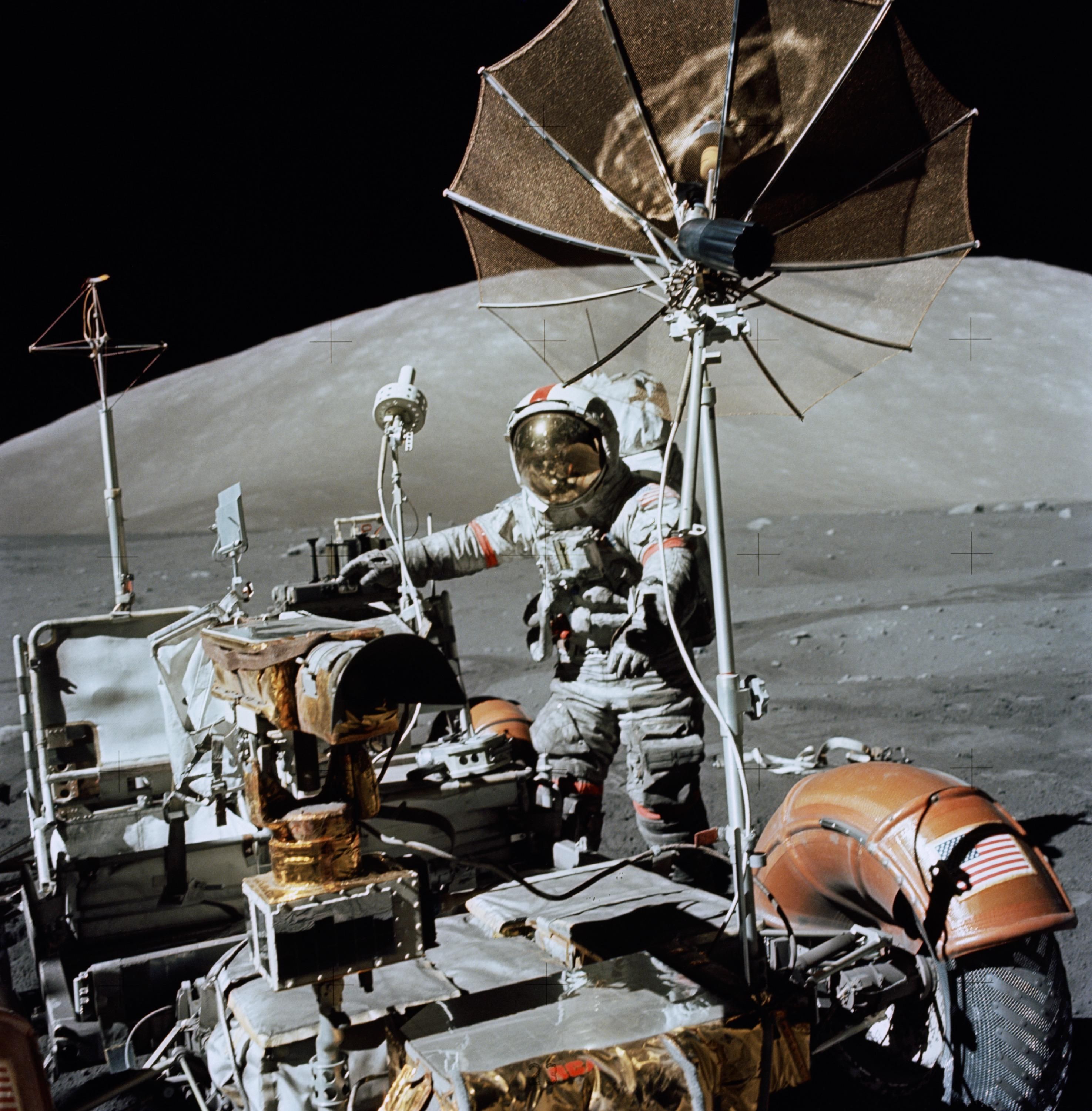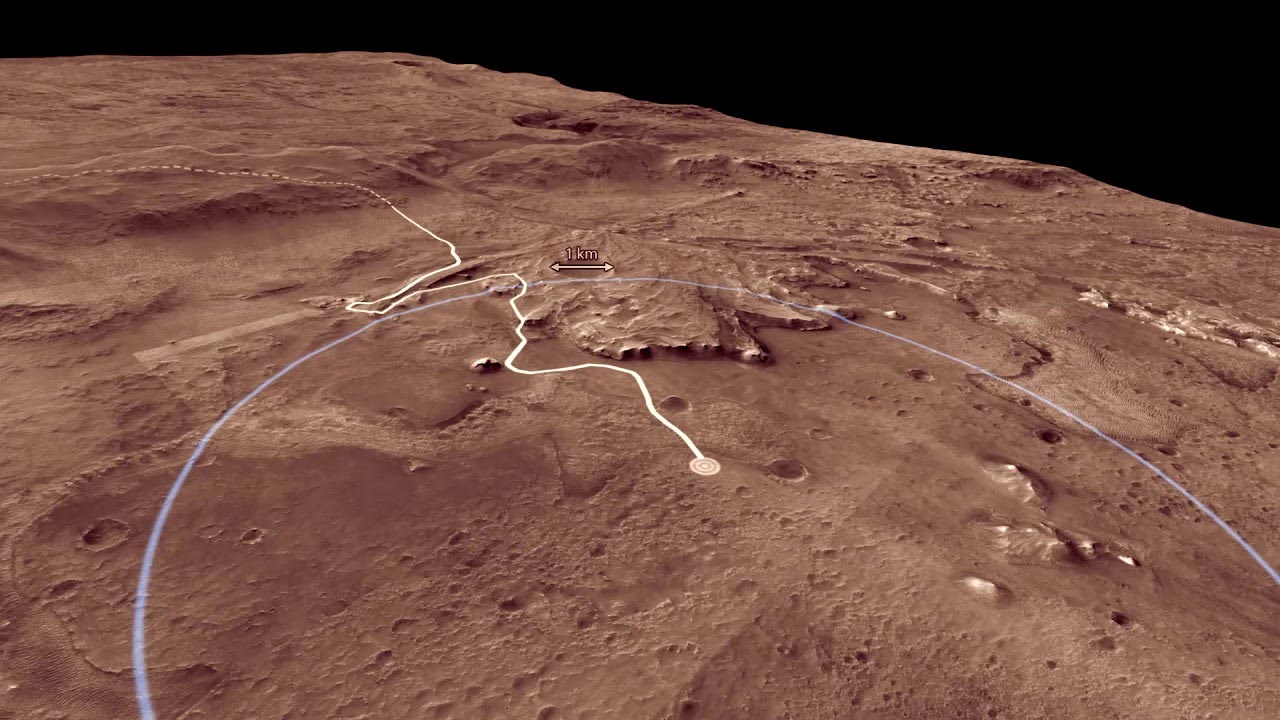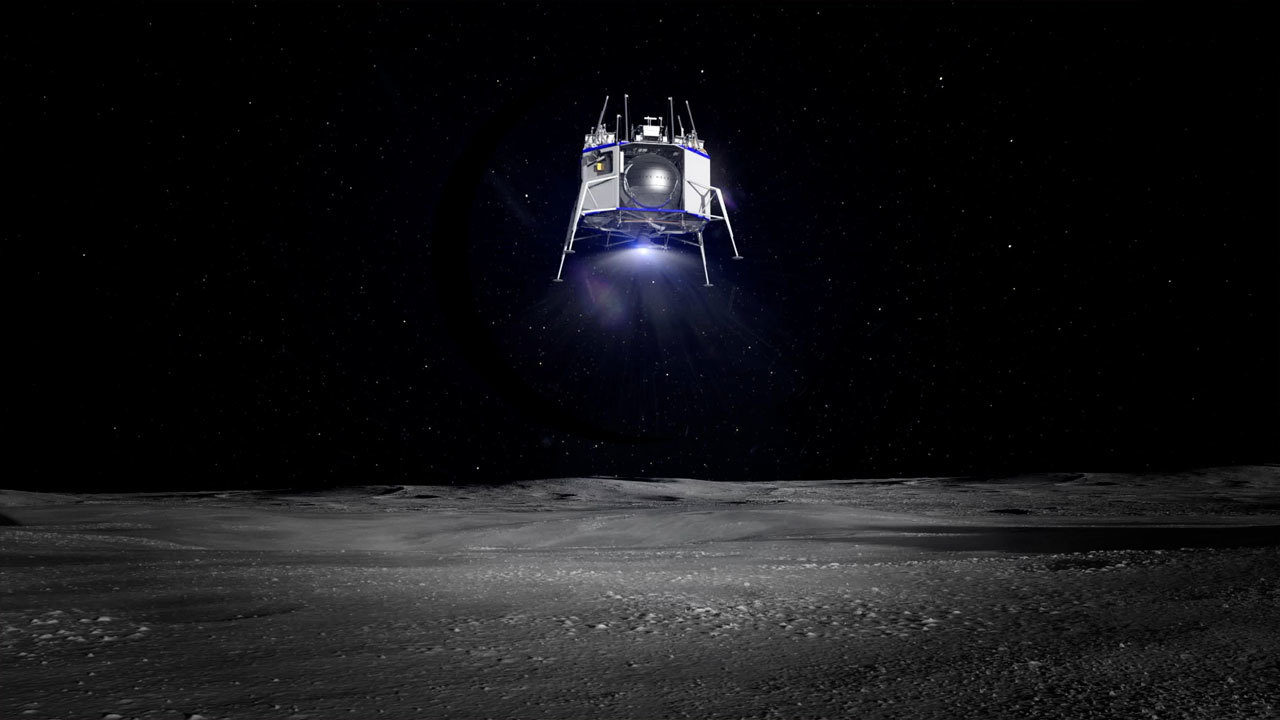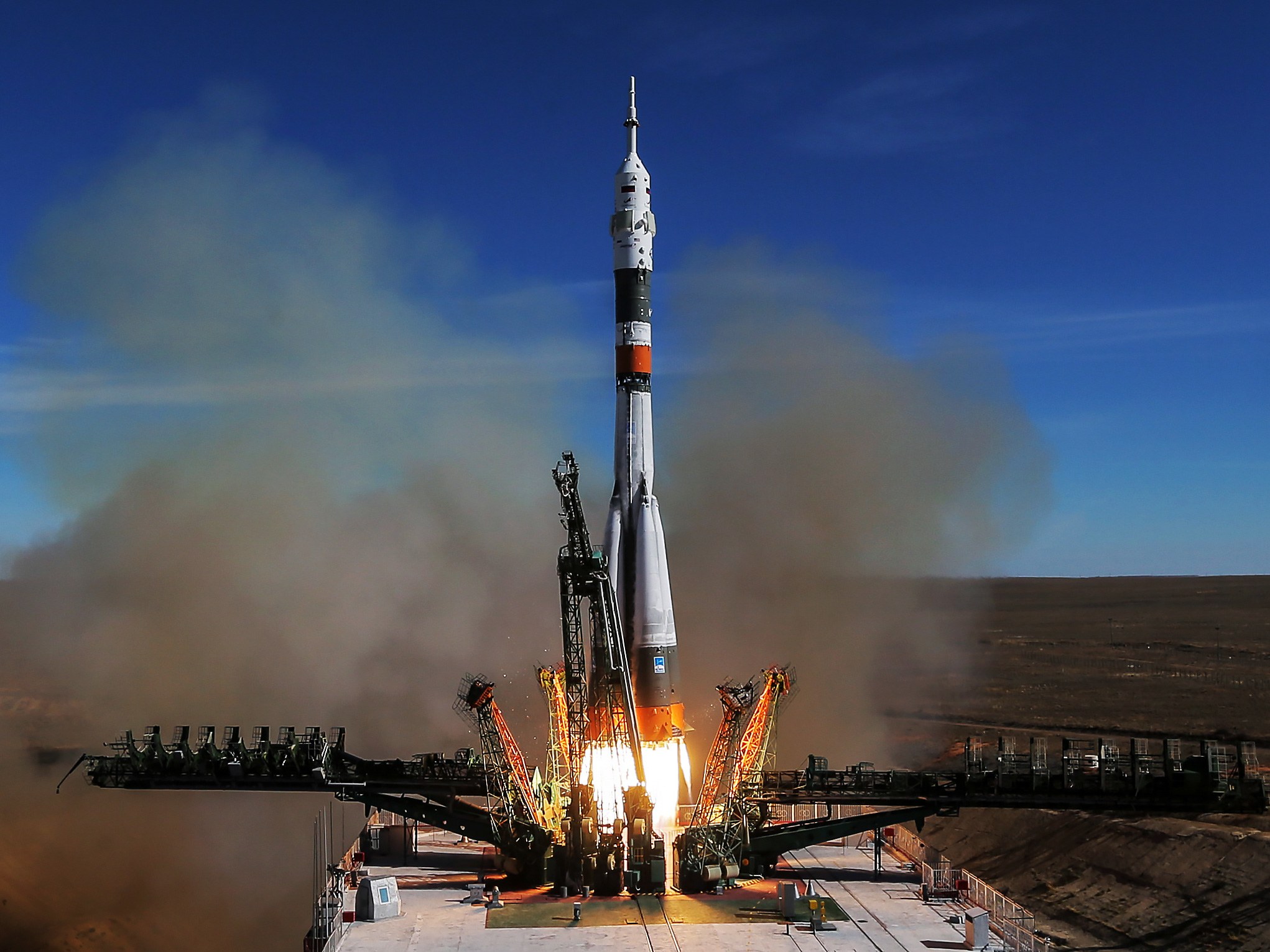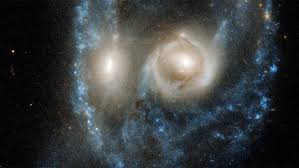Voyager 2 Phones Home After Communications Lost
After days of silence, NASA's Voyager 2 finally phoned home.
"A bit like hearing the spacecraft's 'heartbeat,' it confirms the spacecraft is still broadcasting, which engineers expected," NASA's Jet Propulsion Laboratory said in a tweet Tuesday.
Communication was lost with the 46-year-old spacecraft about two weeks ago when a wrong command was accidentally sent by flight controllers. That pointed Voyager 2's antenna the wrong way, tilting it 2 degrees away from Earth, according to JPL.
Voyager 2 was launched in 1977 to explore far-away planets, and it's now more than 12 billion miles from Earth.
The "carrier signal" was picked up during a routine scan of the sky by NASA's Deep Space Network, according to JPL. The signal doesn't mean all communication has resumed, but it ind...

